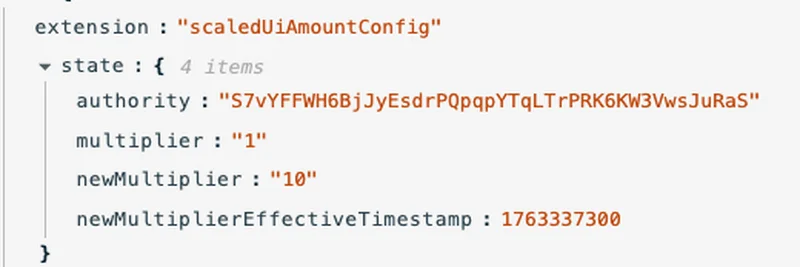In the fast-paced world of cryptocurrency, where trends can explode overnight and fizzle just as quickly, understanding market dynamics is key for anyone dipping into meme tokens. Recently, a tweet from hitesh.eth (@hmalviya9) caught my eye, quoting his own insight from earlier this year: "Liquidity support is shrinking 5–10x with each new market narrative, shortening run periods and increasing volatility on both sides. It’s worse if you enter mid-run and your expectations exceed the leftover capital." You can check out the full tweet here.
This observation rings especially true for meme tokens, which thrive on hype, community buzz, and viral narratives. Let's break it down in simple terms. Liquidity refers to how easily you can buy or sell an asset without causing massive price swings. In crypto, "liquidity support" often comes from big players like whales, venture funds, or even automated market makers in decentralized finance (DeFi) protocols that provide the capital to keep trades flowing smoothly.
What hitesh.eth is pointing out is that with each fresh market story—think AI integrations, real-world asset tokenization, or the latest meme craze—the amount of available liquidity is dropping dramatically, sometimes by a factor of 5 to 10. This means the "runs," or periods of rapid price appreciation, are getting shorter. A token that might have pumped for weeks in the past could now peak in days or even hours.
Why is this happening? As the crypto space matures, capital is spreading thinner across more projects. Early bull runs in cycles like 2021 saw floods of money chasing a handful of narratives, but now, with thousands of tokens launching daily on platforms like Solana or Base, the pie is sliced into smaller pieces. Meme tokens, in particular, feel this pinch because they're often low-liquidity plays to begin with. A hot meme like a cat-themed coin might attract initial hype, but as liquidity dries up, volatility spikes—prices soar on FOMO (fear of missing out) and crash on the slightest sell-off.
Entering mid-run amplifies the risks. If you jump in after the initial surge, expecting the same gains as early birds, you're betting on dwindling capital reserves. The "leftover capital" hitesh.eth mentions is what's left after frontrunners have taken profits, leaving latecomers exposed to sharp corrections.
For blockchain practitioners and meme token enthusiasts, this trend underscores the importance of timing and research. Tools like DEX screeners (e.g., DexScreener) can help spot liquidity pools early, while following influencers like hitesh.eth provides real-time insights into market shifts.
At Meme Insider, we're all about equipping you with the knowledge to navigate these volatile waters. Whether you're building on-chain or just trading for fun, recognizing how narratives compress cycles can help you set realistic expectations and avoid common pitfalls. Stay tuned for more breakdowns on emerging meme trends and tech updates that could shape the next big run.


